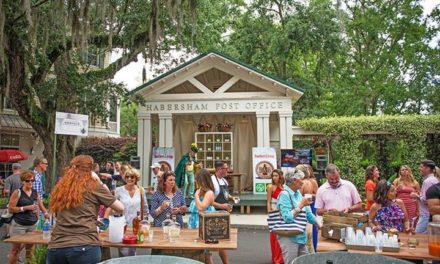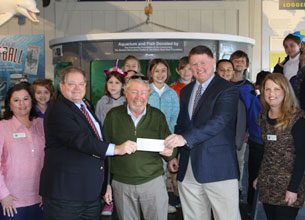So little time, so many questions. Some folks say the only dumb questions are the ones not asked. So here I go with a few simple inquiries.
1) Packaging peculiarities? My wife recently ordered a floor lamp. It was packed for a trip to Mars or perhaps somewhere threatened by RPG’s, with multiple layers of bubble wrap, tape and cardboard. The box it came in was enclosed in another box, which was wrapped up mummy style with maybe 20 feet of packing tape. Armed with a pair of heavy scissors and a box cutter, it took me 15 minutes to hack my way down to the lamp pieces. Squinting through the tiny print assembly instructions and then actually putting it together took only ten minutes. The lamp is solidly constructed of metal, clearly built to last. So how come some fragile items like eggs and light bulbs come in such flimsy cartons? Who’s in charge of packaging standards and criteria? Could they please come forward to explain all this to us and by all means, let’s wrap this up quickly.
2) Why are they called “polka dots” instead of just dots? According to every source I could locate, the term “polka dots” was settled upon merely because of the popularity of polka dancing in the late 19th century. Many other products and fashions of the era also adopted the polka name, such as polka hats and jackets. By this logic, we should also be using terms such as waltz dashes, since both the Morse code with its use of dots and dashes – and waltzing – were also popular in the 1800’s.
3) Is the power of pasta nearly limitless? I’ve been thinking about the many terms which include the word “spaghetti.” We’ve got the spaghetti western, for example, with special thanks to wonderful actors like Clint Eastwood and Jack Palance, and spaghetti strap dresses (not worn much in these movies). Plus spaghetti squash, spaghetti diagrams for illustrating the movement of parts through a factory and oh yes, your basic spaghetti and meatballs, which heaven knows how many kids grew up on. Pasta power indeed.
4) Why are there so many kinds of orange juice? Does anyone else miss the days when there were only a few choices? Fresh squeezed vs. made from concentrate, large container or small—maybe small enough to be suitable for a school cafeteria vending machine. So where did all the varieties available today come from? Maybe they should all come with something to treat the headache you can get from deciding between lots of pulp, medium pulp, no pulp, added calcium or not, blended with bananas, strawberries, and on and on. Funny how bartenders asked to make a screwdriver might inquire about the vodka but never what kind of orange juice the customer wants.
5) How come only tennis balls come in cans? We’re told that the tennis ball canister is pressurized to equalize the pressure inside the container vs. the pressure inside the balls. This will prevent them from going flat. So what about footballs, squash balls, handballs, basketballs, etc.?
6) Why are cats with no owners called “feral” in contrast to “wild” horses and just plain squirrels or raccoons? And who decided we should call them wild mushrooms, not feral mushrooms? Is there a rulebook for all this somewhere?
7) Do spokespersons in gold investment commercials have to wear gold clothing and jewelry? And do successful cable TV newswomen have to be blonds (not natural) with brown eyes favoring bright red dresses? I always feel like I’m being manipulated based on some marketing dweeb’s reading of his or her latest focus group results.
8) Are hydrangeas the best Lowcountry flowers for the money? Let’s see, they’re hardy, grow like crazy, come in all kinds of lovely colors, and look spectacular on your kitchen or dining room table. Sounds like we have a winner, with no offense to roses.
9) Why are those pads we use under cold drinks called “coasters”? Coasters were originally called sliders or decanter stands in the 1700s, and were used as a stand or holder to prevent moisture/condensation damage to a tabletop or for sliding the container (bottle or decanter) along a tabletop. Somewhere along the line, someone may have pulled a fast one on us by renaming these near-knickknacks “coasters.”
10) Which is really better, fame or fortune? Well, some people seek one or the other or both, some neither, and one can cause the other. Seems to me it’s generally better to be well off than well known, but I’m open to suggestions.
11) Where would we be without pluff mud? Aside from the risks associated with getting stuck in it when there’s no one around to help, maybe marsh life—or for that matter Lowcountry life as we know it—would be impossible without this gooey, slightly pungent, master incubator sludge. Maximum laundry detergent sales might also be impossible.
So maybe I just set myself up for an assignment: catch some feral sea trout from the marsh, put on a nice gold polka dot shirt, boil some spaghetti, and serve up a swell meal on a table jauntily decorated with hydrangeas and nifty little matching coasters. Maybe we can use floor lamps for lighting, start off with a pitcher of screwdrivers and let people guess what went into it. That should get the conversation started.








